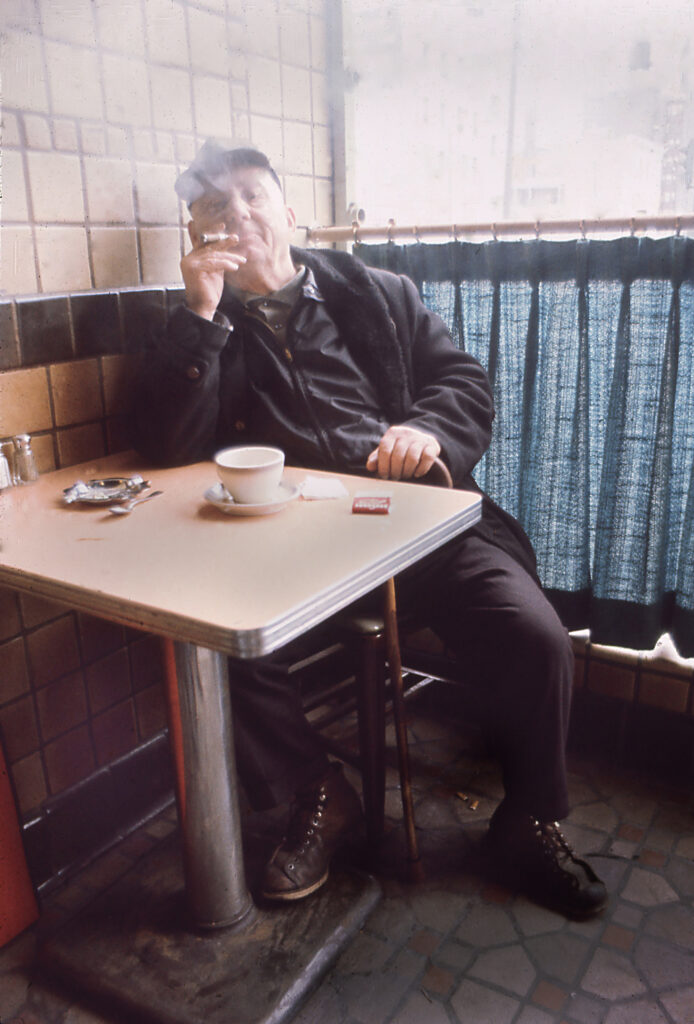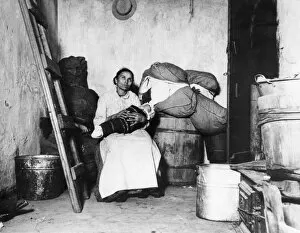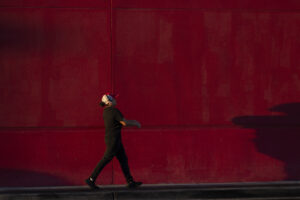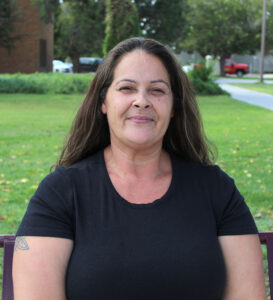TIMELESS- HISTORY THROUGH DOCUMENTARY PHOTOGRAPHY
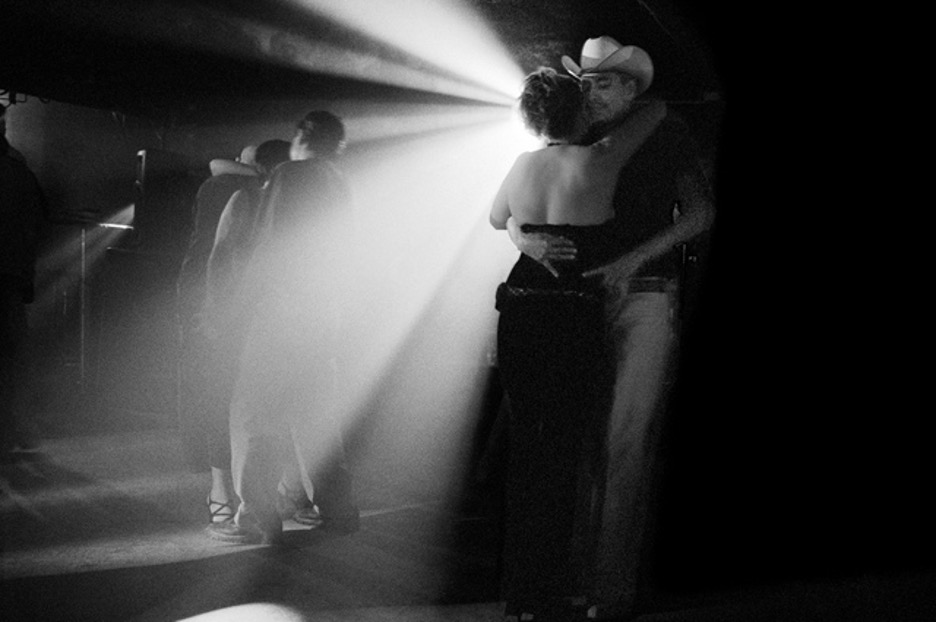

Wikipedia states, “Documentary photography usually refers to a popular form of photography used to chronicle events or environments both significant and relevant to history and historical events as well as everyday life”. Documentary photography began with the development of new reproduction methods for photography. Which provided momentum for the next ear of documentary photography in the late 1880s and 1890s; and reaching into the early decades of the 20th century. Philip Delamotte was among the first artists to use photography as a means of recording important events. The intention behind documentary photography is to present straightforward records of events, people and places- often recording important historical or political moments. It can also be used in everyday life to showcase a person’s way of living and compare it to older or newer photos.

Popphoto.com recognizes these 10 documentary photography projects as famous. Woman on the Outside. Signs of Your Identity, by Daniella Zalcman. The Lost Rolls, by Ron Haviv. Political Theater, by Mark Peterson. Rewilding Pandas in China, by Ami Vitale. On the Street with Bill Cunningham, by Bill Cunningham. Lucia Libre, by Mark Mann. Jerome Avenue Workers. Water Stories, by Mustafa Abdelaziz. America, Point Blank- presented by nonprofit organization Fovea Exhibitions. The Farm Security Administration (FSA), was a New Deal agency designed to combat rural poverty during the Great Depression. It was created by President Franklin D. Roosevelt in 1937 to aid poor farmers, sharecroppers, tenant farmers and migrant workers. The FSA resettled poor farmers on more productive land, promoted soil conversation, provided emergency relief and loaned money to help farmers buy and improve farms. The “Historical Section” was created by Rexford Tugwell in order to defend and promote the Resettlement Administration. It created a publicity department to document rural poverty and government efforts to alleviate it. The “Historical Section” was a photographic unit.
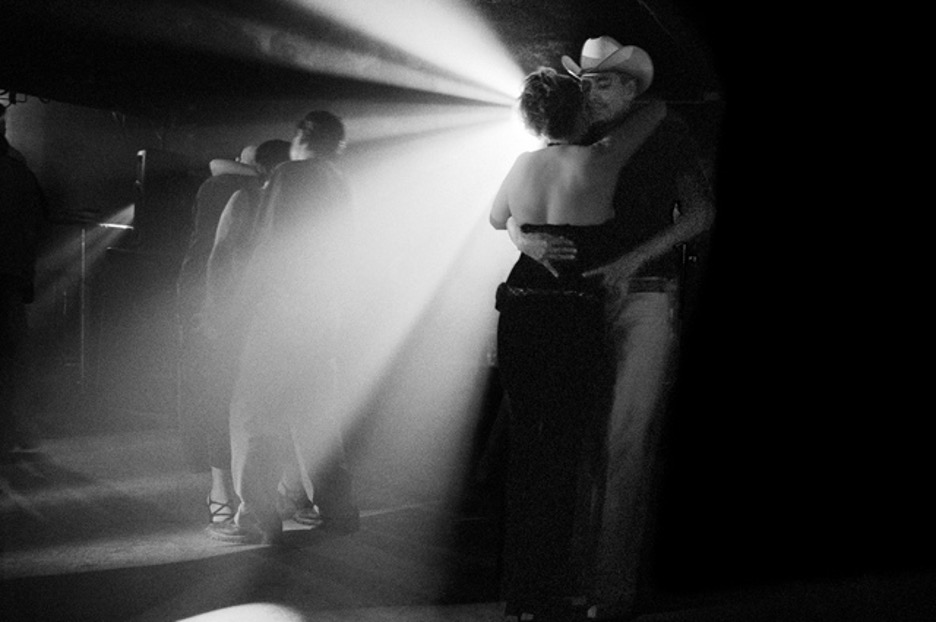
Documerica was a program sponsored by the United States Environmental Protection Agency to “photographically document subjects of environmental concern” in the U.S. from 1971- 1977. The collection contains over 22,000 photographs. Since the photographs were part of a federal government project, the photographers were required to waive their copyright, placing the images in the public domain. Lewis Hine was a sociologist and photographer. Hine’s was hired by NCLC to photograph children working in fields, factories, mines, and city streets between 1908 and 1924. These photos and reports fueled public opinion and inspired Congress to enact national child labor legislation. Wikipedia explains that, “Since the late 1970s, the decline of magazine published photography meant traditional forums for such work were vanishing. Many documentary photographers have now focused on the art world and galleries of a way of presenting their work and making a living. Traditional documentary photography has found a place in dedicated photography galleries alongside other artists working in painting, sculpture and modern media”.
